GPCR/G protein

All GPCRs share a common seven trans-membrane structure. GPCRs are associated with heterotrimeric G-proteins which are GTP-binding proteins made of alpha, beta, and gamma subunits. When a ligand binds to GPCR, it activates the attached G-protein, the GDP is replaced with GTP. The activated G-protein then dissociates into an alpha and a beta-gamma complex which activates downstream signaling pathways. These intracellular signaling pathways include cAMP/PKA, calcium/NFAT, phospholipase C, protein tyrosine kinases, MAP kinases, PI-3-kinase, nitric oxide/cGMP, Rho, and JAK/STAT.
GPCRs are one of the most important therapeutic targets for various diseases, over 30% of all modern medicinal drugs target this family. Aberrant GPCR functions are involved in pathological conditions such as neurological, immunological and hormonal disorders. A large number of GPCRs have been identified, but whose ligands are not known, are classified as orphan receptors.
-
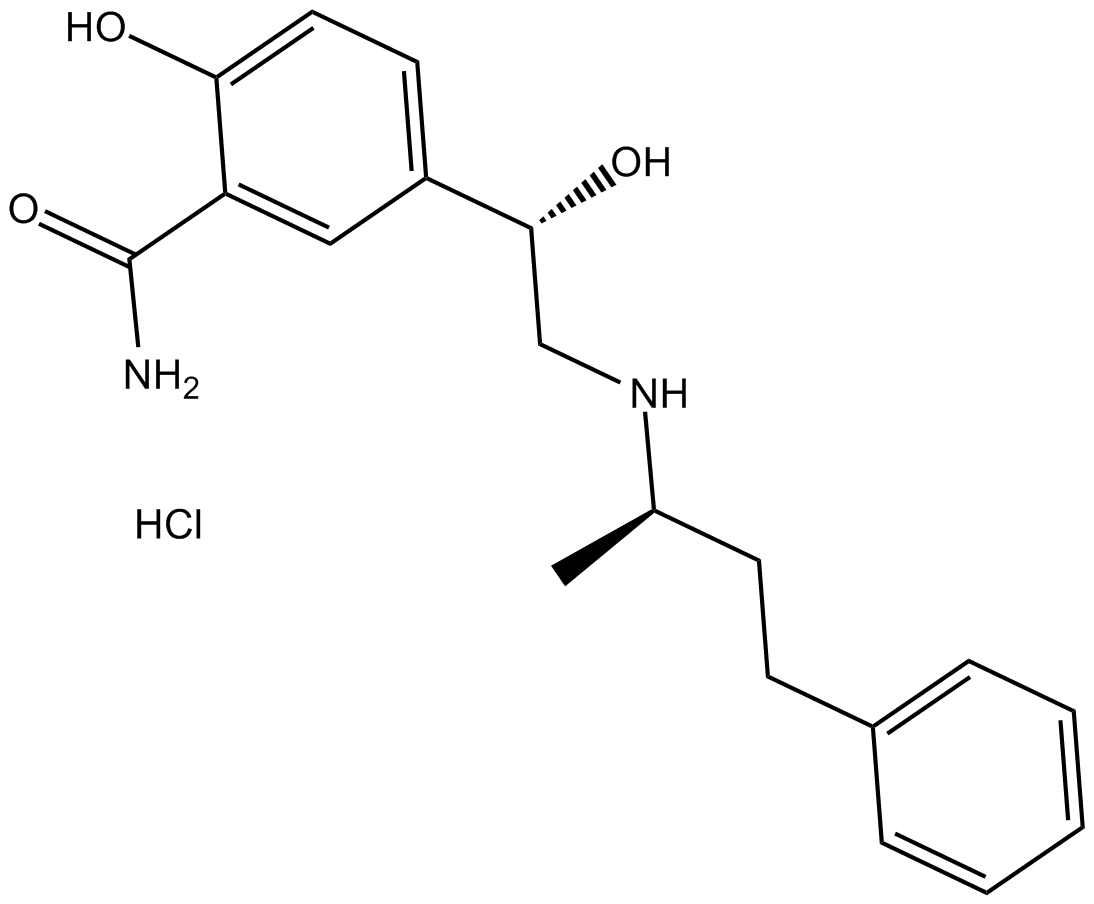 B4795 Labetalol HClSummary: A mixed α-/β-adrenergic antagonist
B4795 Labetalol HClSummary: A mixed α-/β-adrenergic antagonist -
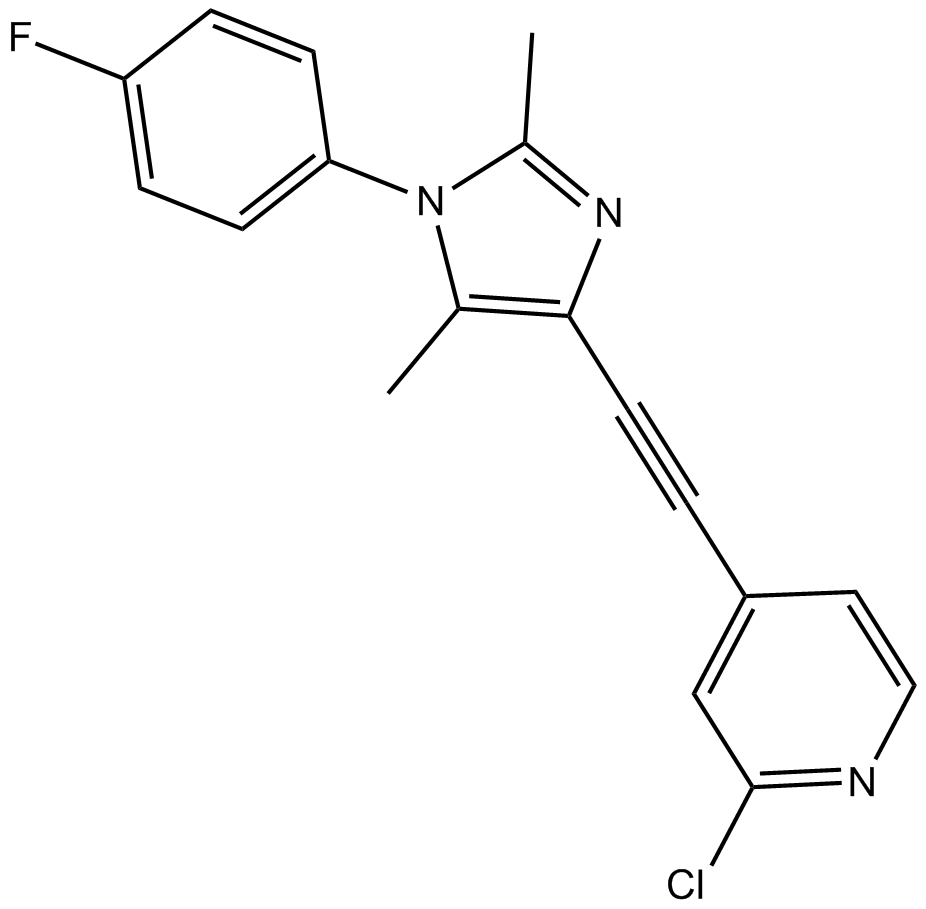 B4808 RG7090Summary: negative modulator of mGluR5
B4808 RG7090Summary: negative modulator of mGluR5 -
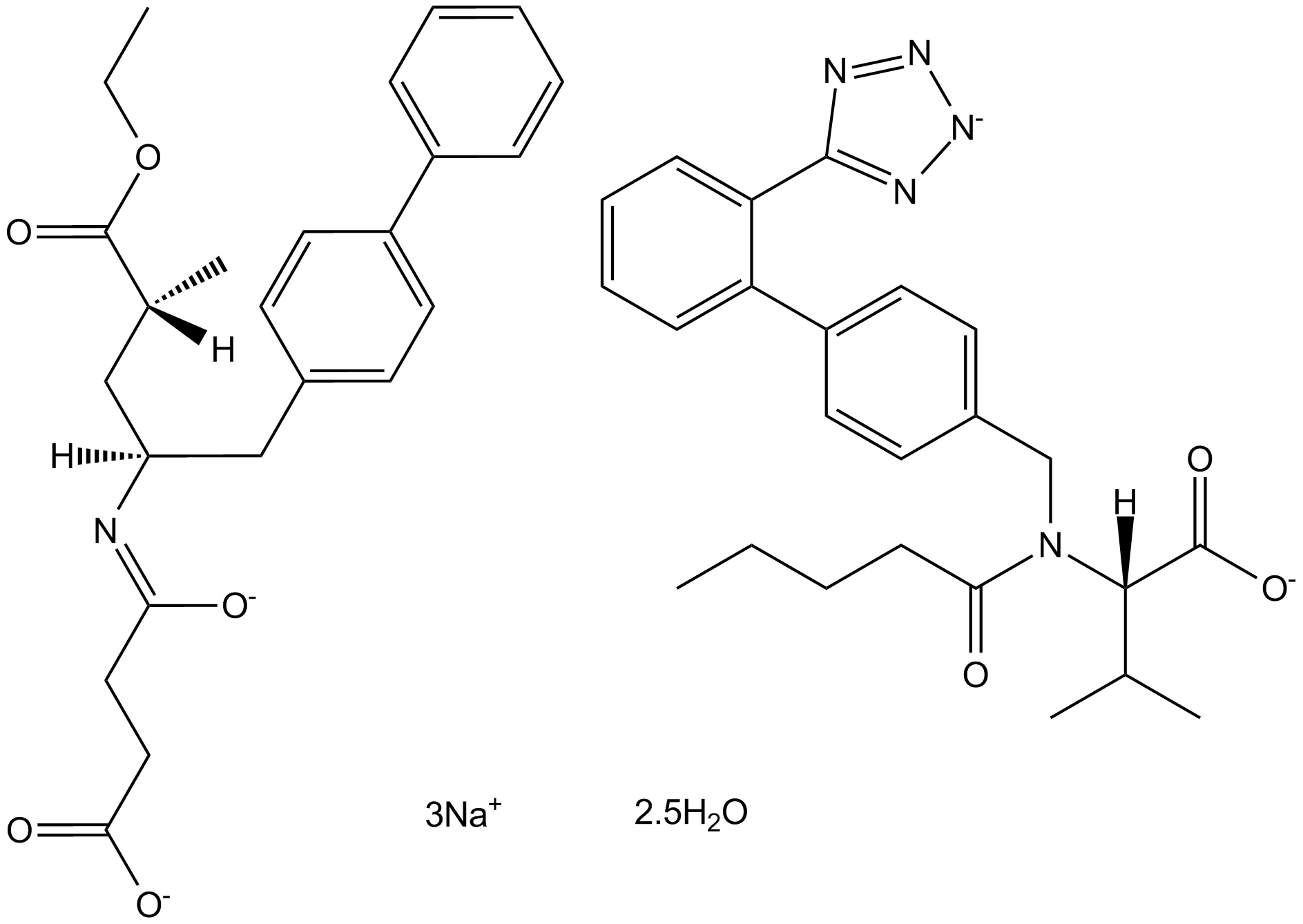 B4815 LCZ696Summary: A first in class ARNi (angiotensin receptor neprilysin inhibitor)
B4815 LCZ696Summary: A first in class ARNi (angiotensin receptor neprilysin inhibitor) -
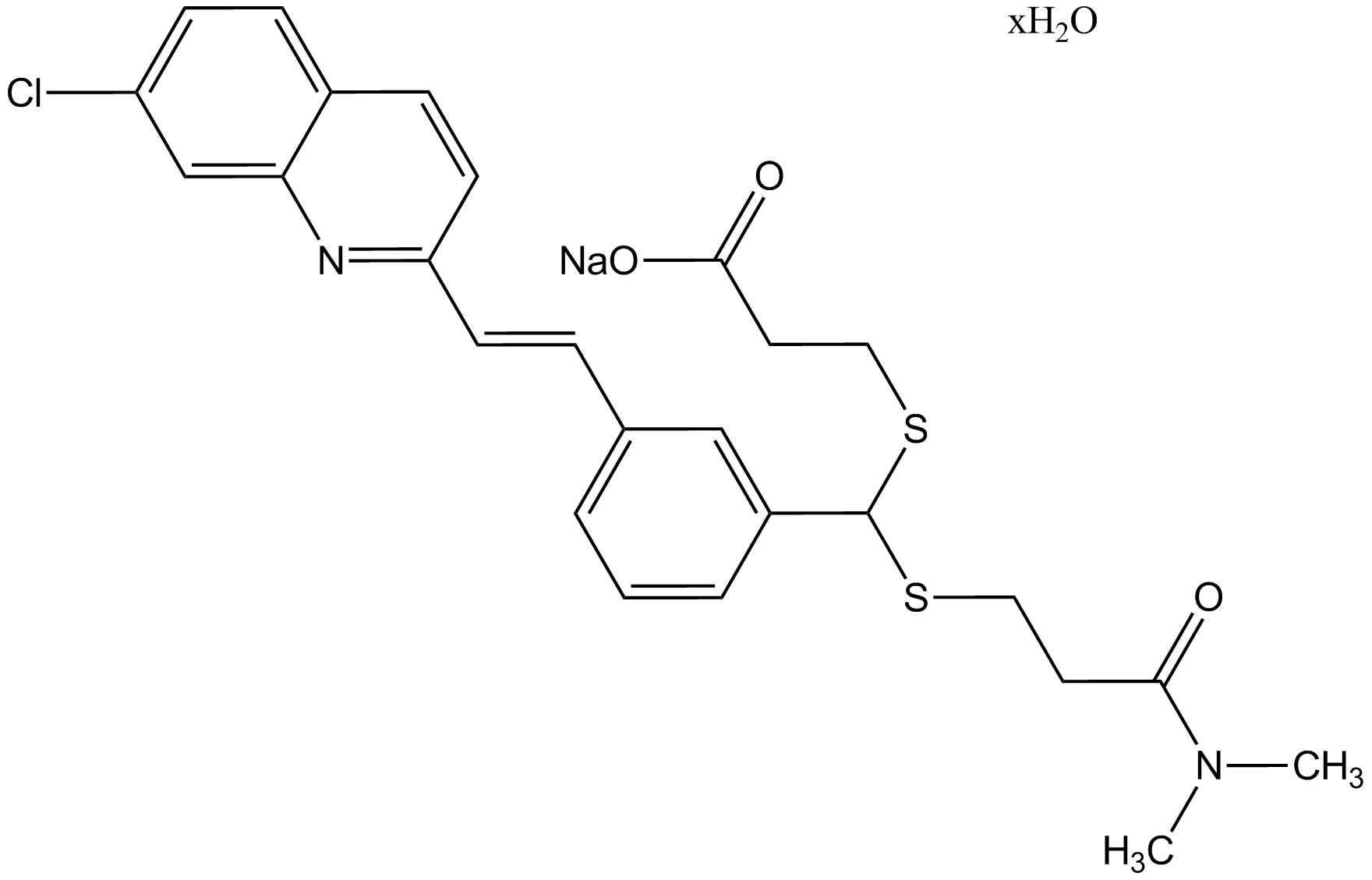 B8031 MK-571 sodium salt hydrate3 CitationTarget: CysLT1Summary: CysLT1 receptor antagonist
B8031 MK-571 sodium salt hydrate3 CitationTarget: CysLT1Summary: CysLT1 receptor antagonist -
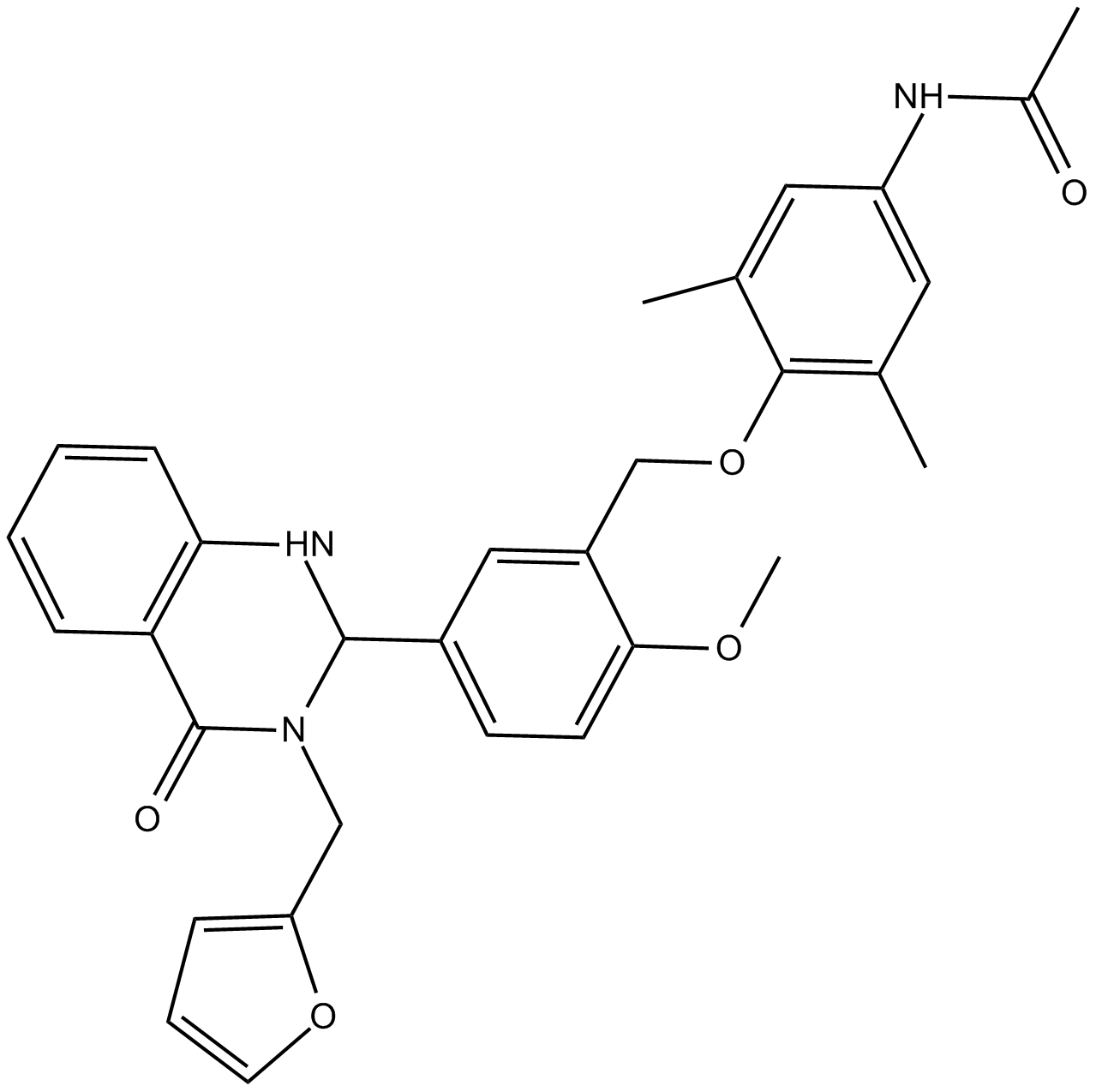 B4914 ML224Summary: selective TSHR inverse agonist
B4914 ML224Summary: selective TSHR inverse agonist -
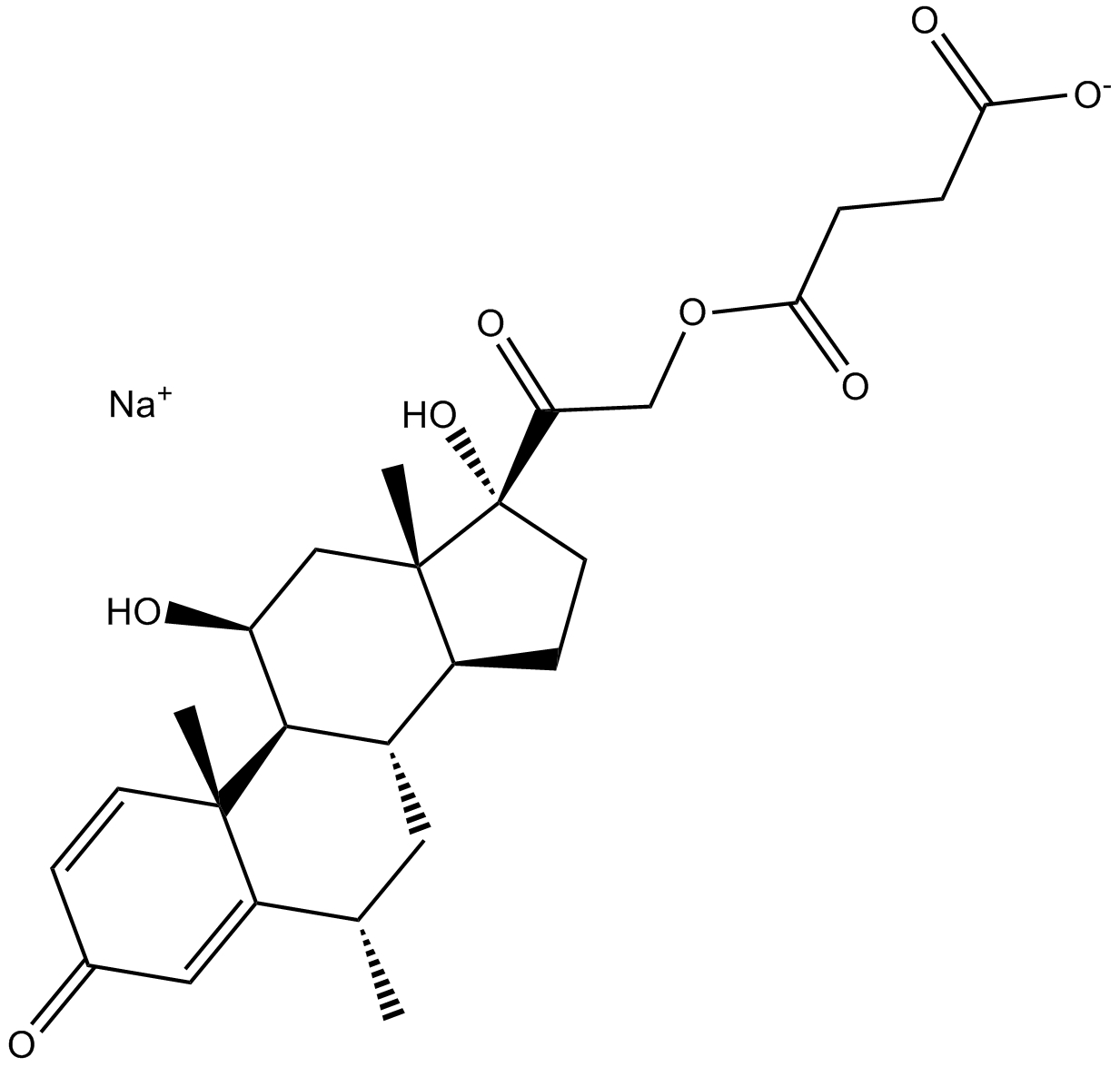 B4953 Methylprednisolone Sodium SuccinateTarget: Glucocorticoid ReceptorsSummary: glucocorticoid
B4953 Methylprednisolone Sodium SuccinateTarget: Glucocorticoid ReceptorsSummary: glucocorticoid -
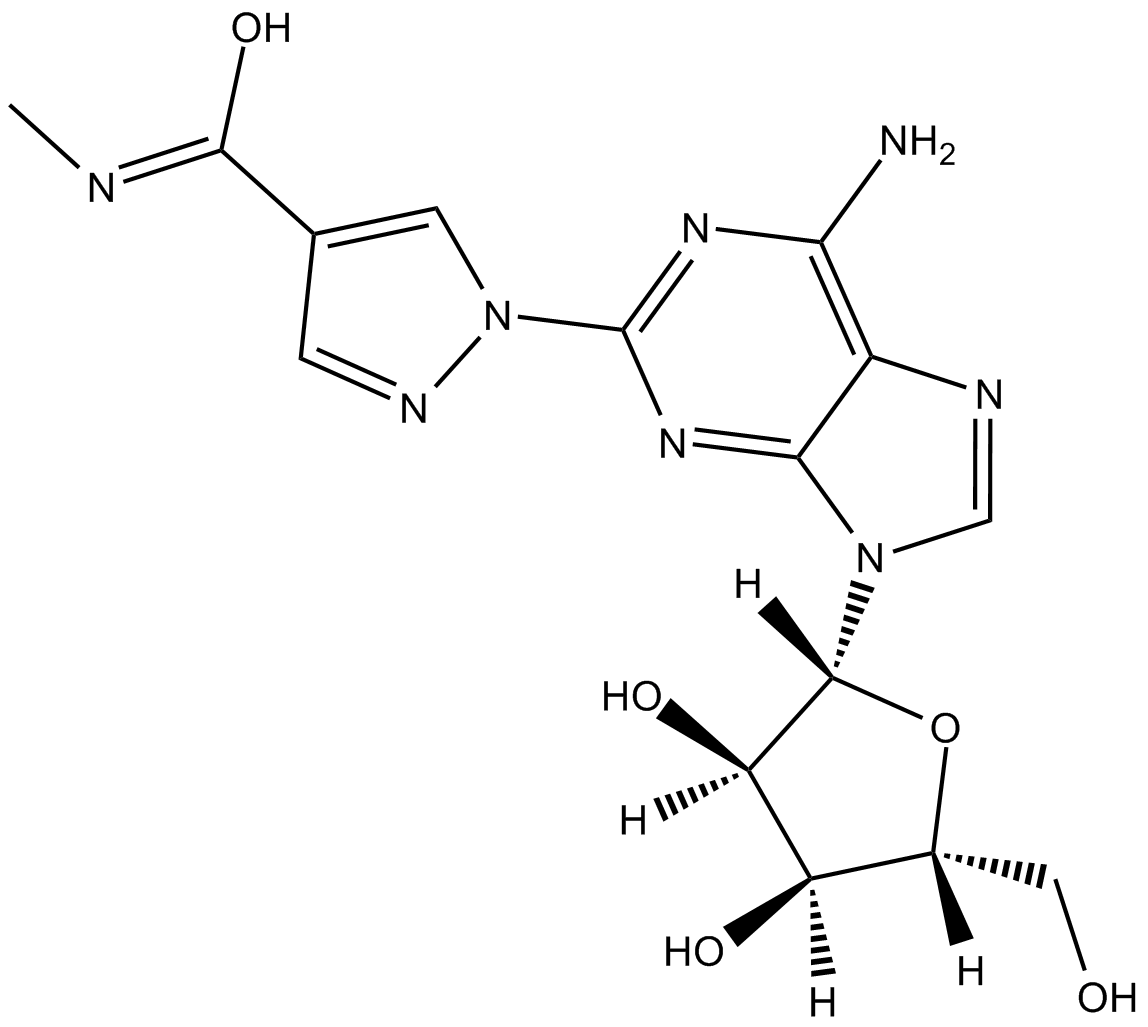 B5904 Regadenoson1 CitationTarget: Adenosine A2A ReceptorsSummary: Highly selective and low affinity A2A adenosine agonist
B5904 Regadenoson1 CitationTarget: Adenosine A2A ReceptorsSummary: Highly selective and low affinity A2A adenosine agonist -
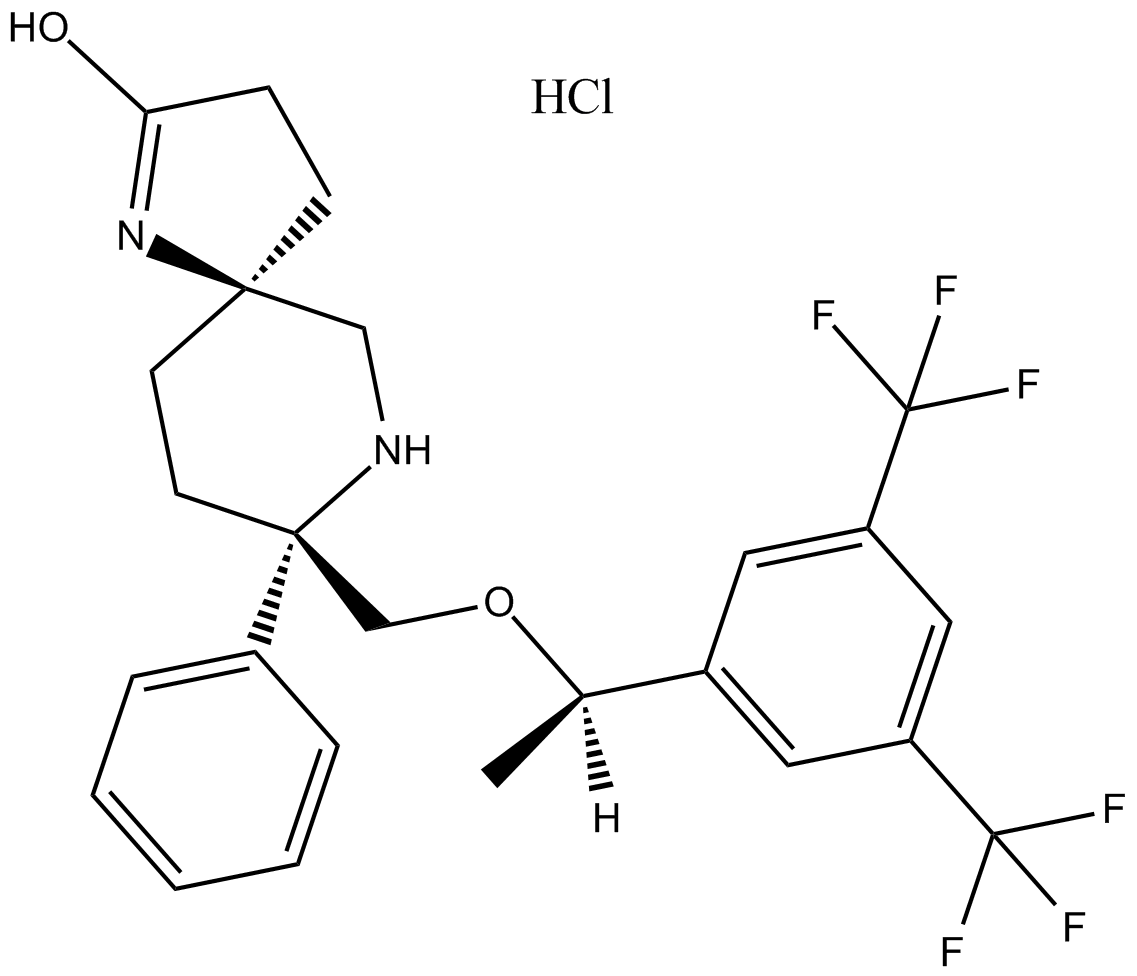 B5910 Rolapitant HClTarget: NK1 ReceptorsSummary: Orally active neurokinin NK1 receptor antagonist.
B5910 Rolapitant HClTarget: NK1 ReceptorsSummary: Orally active neurokinin NK1 receptor antagonist. -
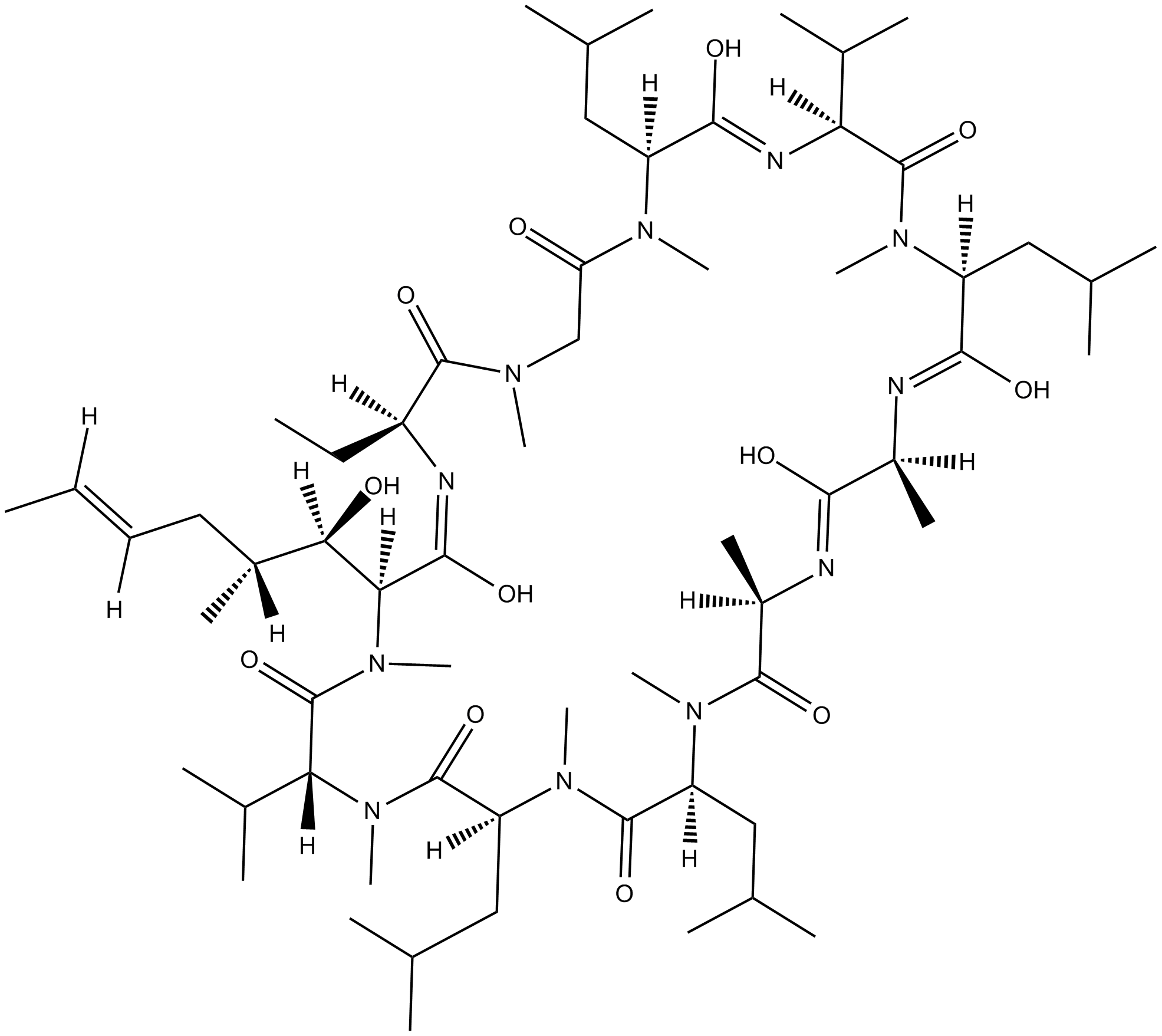 B5921 Cyclosporin HSummary: Selective and competitive formyl peptide receptor antagonist
B5921 Cyclosporin HSummary: Selective and competitive formyl peptide receptor antagonist -
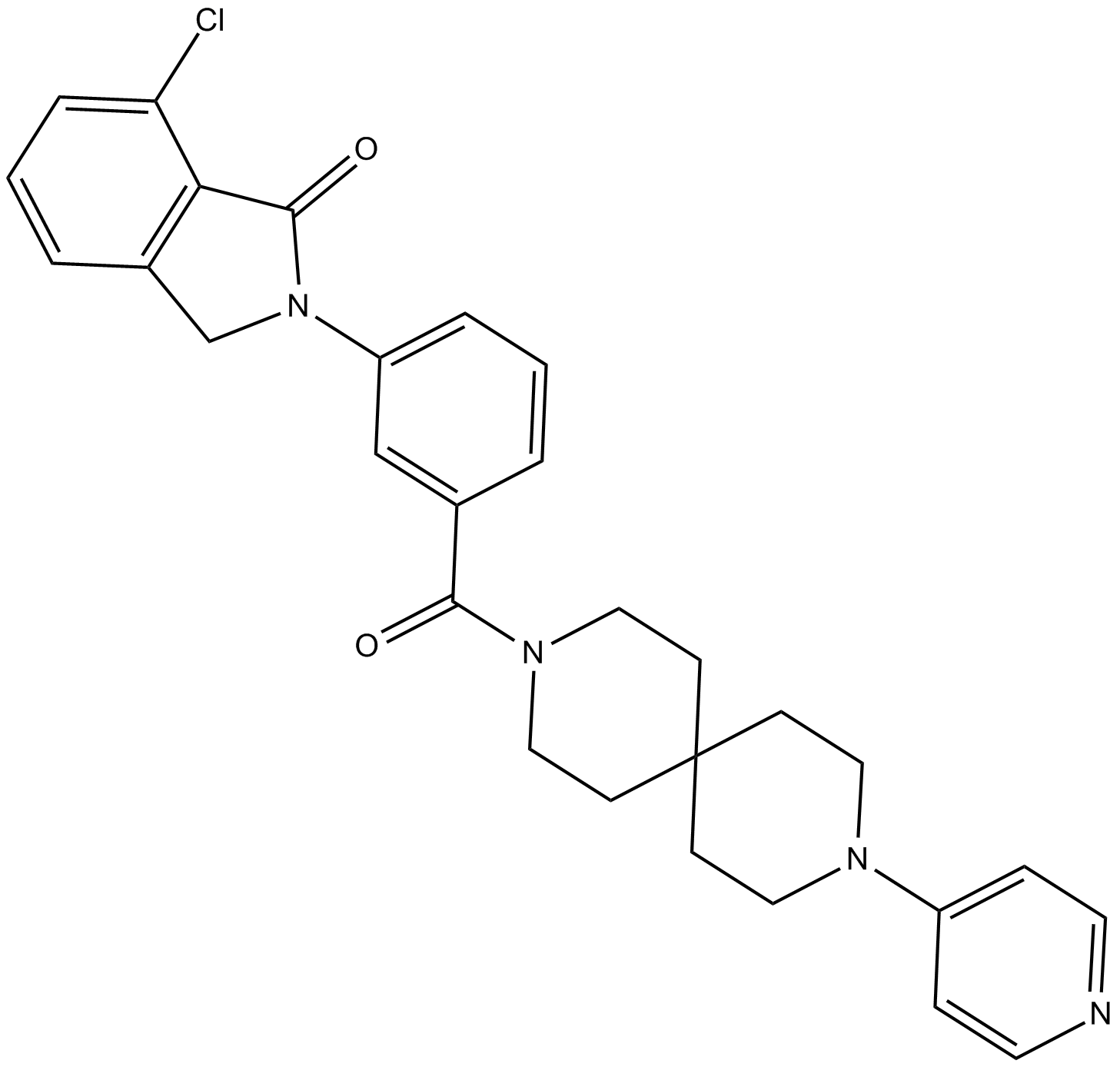 B5925 ELN441958Summary: Potent and selective bradykinin B1 receptor antagonist
B5925 ELN441958Summary: Potent and selective bradykinin B1 receptor antagonist

